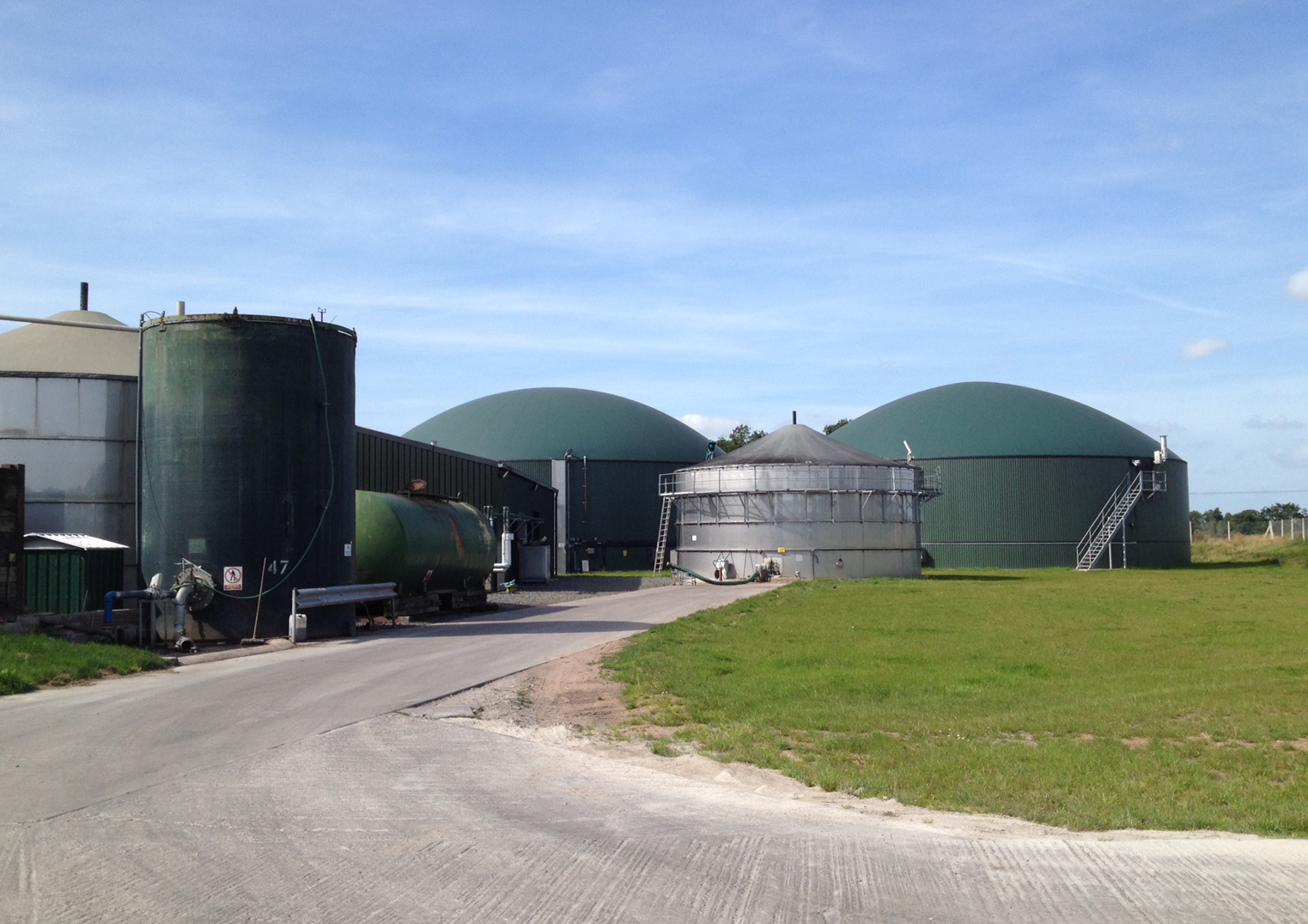Operating models and financial benefits from natural ecosystems
In 2005, the British government launched the National Industrial Symbiosis Programme (NISP). For two days in September, I visited Birmingham with two colleagues to learn more about NISP and International Synergies (IS), the company running the programme.
An industrial symbiosis is an environmentally-friendly integrated industrial network that identifies business opportunities by optimising resource use. It also makes use of the waste material and energy streams of its members, among other resources. It aims to create closed resource cycles that resemble natural ecosystems. In addition to financial gains, industrial symbioses bring environmental and social benefits. Their resources include materials, energy, water, capacity, competence and assets.
NISP provides free support to companies joining the programme, so that they can reduce costs, waste streams and emissions, and improve profitability and resource efficiency. NISP seeks to monitor its corporate members’ process material streams and optimise their resource management by identifying synergies. The programme operates locally using, for example, simple, facilitated, quick-win workshops that bring together companies from various fields to share information on their resource streams and the resources they need. Based on such workshops, NISP prepares a resource map and enters the information into a database. Then its experts begin to bring together companies with matching needs. NISP has more than 15,000 corporate members.
More jobs and savings, less water, fewer emissions
NISP has benefited companies in numerous ways during its seven years of operation. If the current pace continues, by 2017 NISP will have brought more than GBP 1 billion in savings for companies, created more than 10,000 jobs, reduced carbon dioxide emissions by 39 million tonnes and saved 71 million tonnes of water. Each two pence that the government invests in NISP creates a pound of new income for industry. Not bad at all.
The results are impressive. It is no wonder that companies seem very happy with the programme. We visited a few sites that had benefited from NISP:
- The Harper Adams pyrolysis plant uses anaerobic digestion and pyrolysis to produce energy and fuel from biomass. This combination of two technologies enables the plant to use diverse biomass feeds, with sourcing help from NISP.
- The Lower Reule BioEnergy AD plant produces methane from food waste through anaerobic digestion. The company can use up to 30,000 tonnes of organic food waste in a year, with sourcing help from NISP.
- What a Waste recycles plastic in its cutting-edge rubber and plastic shredding and granulation facilities. The company also provides materials purchasing services and locates suitable channels for processed materials. NISP has helped the company find materials for recycling.
NISP has achieved amazing results. It also runs international projects, with the nearest one to Finland being in Denmark. The increasing competition for limited natural resources is beginning to show. Over the past three decades, global resource use has almost doubled, and has increased at a growing pace in the new millennium. The continuous increase in resource use and the ensuing environmental problems call for solutions. The UK has succeeded in improving resource efficiency in companies while creating a diversity of benefits.
Sitra is currently examining how the NISP model could be applied to Finland.
Johanna Kirkinen, Energy and Climate Change Lead
Tel. +358 40 186 7107
Johanna Kirkinen, D.Sc. (Tech.), is Energy and Climate Change Lead at Sitra. From 2009 to 2012, she worked as a Lead in the Energy Programme, focusing on energy-smart citizens and energy-efficient built environments. Currently, she is working in the theme area of sustainable lifestyles and wise use of natural resources. Before joining Sitra, Johanna Kirkinen studied energy systems and climate change control at VTT Technical Research Centre of Finland for four years. She completed her doctoral dissertation in 2010 on the assessment of the climate impact of biofuels.
